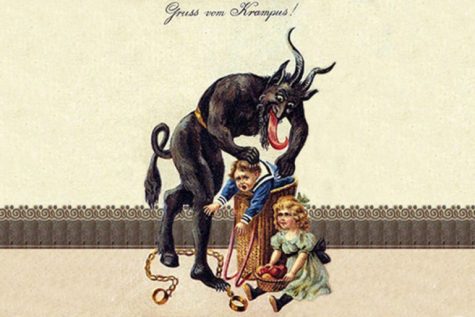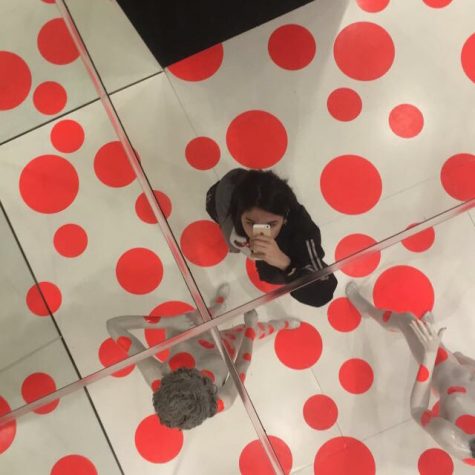Who is Krampus? The Story Behind Santa’s Evil Counterpart
It is said that he comes on the evening of December 5th, a night referred to as Krampusnacht. He is portrayed as a cross between a goat and a demon. He bears devilish horns atop his head, wicked eyes, and a long snake-like tongue. Oftentimes, it is said that you can hear the alternating steps of his bare human foot and his cloven hoof. This is the description of Krampus, an ancient being that has terrorized the children of Europe for centuries.

The origins of Krampus can be traced back to Austria and the Alpine region. Most people believe that Krampus is a figure of the Alpine region’s pagan past. His name comes from the German word krampen, which means “claw.” Additionally, he bears an incredible resemblance to the son of the Norse legend Hel, the god of the underworld.
Although his description varies throughout areas in Europe, his preference for weapons is unanimous. He favors birch sticks for the naughty children, whips or chains for the naughtier children, and he totes a basket to carry the naughtiest children to their demise in the underworld.
Krampus is celebrated on Krampusnacht, which can be translated to the “Night of Krampus.” In Austria, Northern Italy, and other parts of Europe, partakers dress up in costumes of devils, wild men, and witches to participate in Krampuslauf (Krampus Run). During this celebration, people dart through the streets of Europe in order to scare both adults and children.
For centuries Krampus remained the tyrant of Europe only. However, in recent times, countries across the Atlantic have become increasingly more aware of his presence. This is in part thanks to Monte Beauchamp, an award-winning Chicago art director, and graphic designer. He used some pre-World War I postcards that featured Krampus in his magazine, BLAB. This action would soon result in increased popularity of the demon, with Krampus themed movies, publications, and events coming to life.

Zoë is a senior at Mohawk Area High School. She is a current member of the National Honors Society and has ambitions to join the Health Careers Club this...






